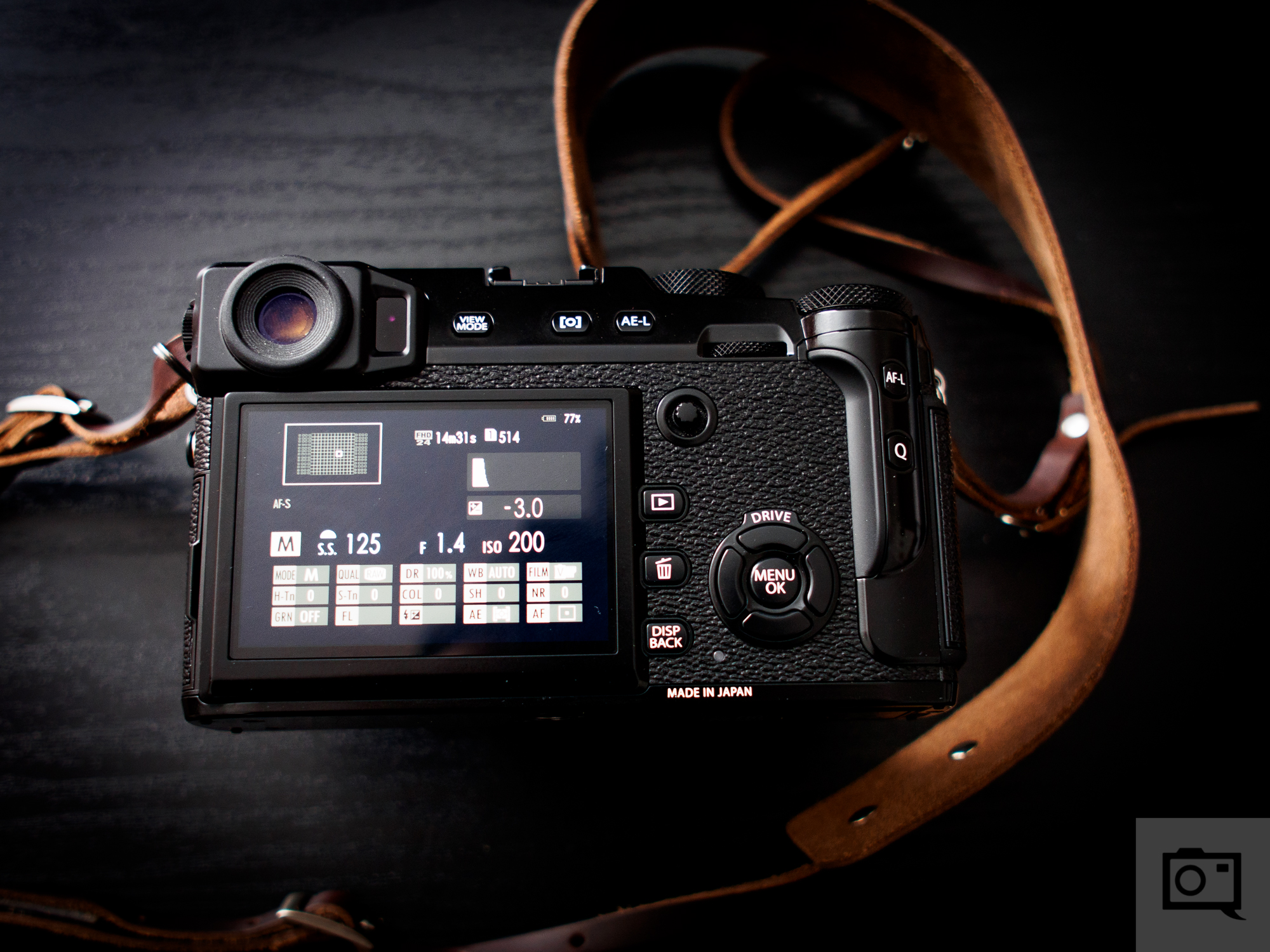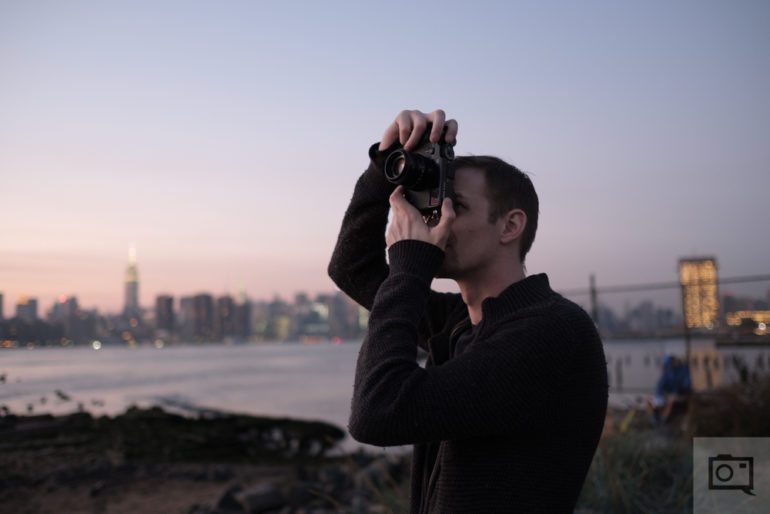While companies put loads and loads of autofocusing points into their newer cameras, veteran photographers may still prefer the tried and true focus and recompose method. Sometimes it’s just flat out faster vs trying to move your Fujifilm X Pro 2 or Fujifilm X-T2’s joystick to get from one focusing point to the other. With these cameras, focusing and recomposing works really well simply due to the way the system is set up.
For starters, Fujifilm’s autofocus system lets the user work with each point individually. Every focusing point can be increased or decreased in size. Want more accuracy? Go with a smaller point. How about faster focusing? Then increase the size of the focusing point. Plus you can select zones to focus in a general area of your scene.
To best go about focusing and recomposing, we strongly recommend working with the center focusing point. Set it to a medium size: not too large, and not too small. This will give you the best of both worlds. Use the viewfinder if you wish, but you can also do this with the LCD screen.
Next, take your Fujifilm camera, look at a subject and focus on them using the center focusing point. Once your camera locks its focusing it’s time to recompose the scene. To do this, slide the camera left, right, up, down or any combination of the few. Do this very carefully and try not to move the camera closer or further away from the subject at all. This is how you effective recompose a scene while keeping your subject on the same focusing plane. If you tilt the camera, you also tilt the focusing plane accordingly.
This method works best with wide angle lenses though overall it’s generally pretty simple to do because of the size of the X Trans Sensor inside of cameras like the X Pro 2 and X-T2. Still though, the more you stop your lens down, the easier this will be.
For what it’s worth, this is also much easier to do with wide angle lenses and focused further away from you. Using anything beyond the Fujifilm 60mm f2.4 will make this tough unless you stop down a fair bit. When you focus further away, more of a scene comes into focus due to the laws of physics. The closer you focus, the less of the scene will be in focus accurately. This is the depth of field effect.
Now when it comes to candid moments, you’re going to need to be quicker about this. Start off by panning with your subject. When your camera locks focus, that’s when you basically have to act very quickly. I recommend using your camera’s EVF and physically trying to move your body/hands/head with the camera so that you can keep seeing what’s happening in the viewfinder with ease. Also, be sure to stop your lens down to give you more of an advantage. This is all going to happen very quickly–and it’s one of the reasons why we recommend using wide angle lenses.
And that’s it! For a closer look at all of Fujifilm’s lenses, be sure to check out our guide.
Xpert Advice is a monthly collaboration between the Phoblographer and Fujifilm designed to teach you photography tips and tricks in a bite-sized package





